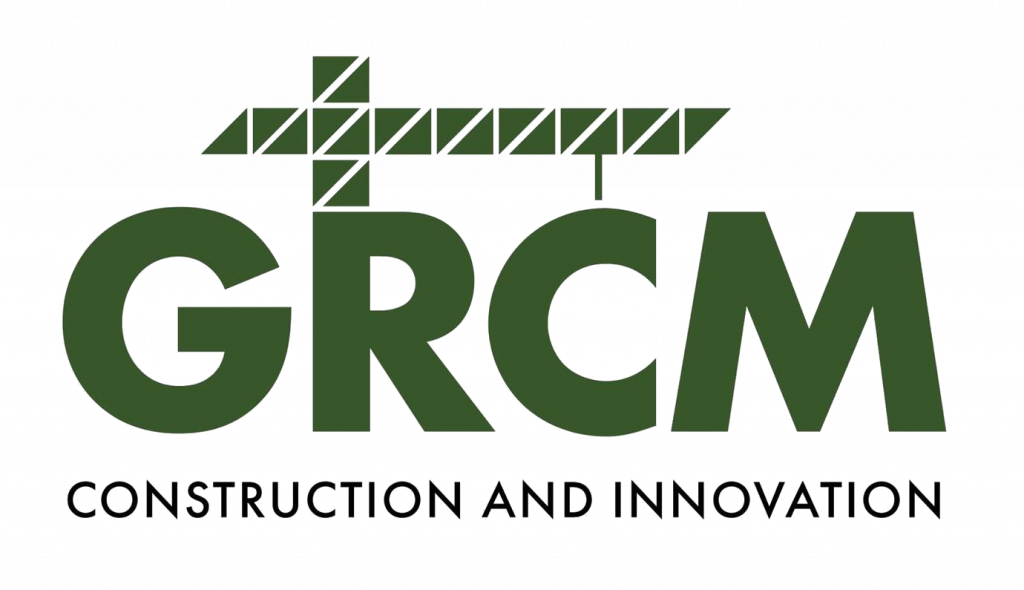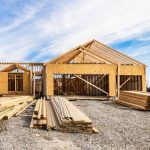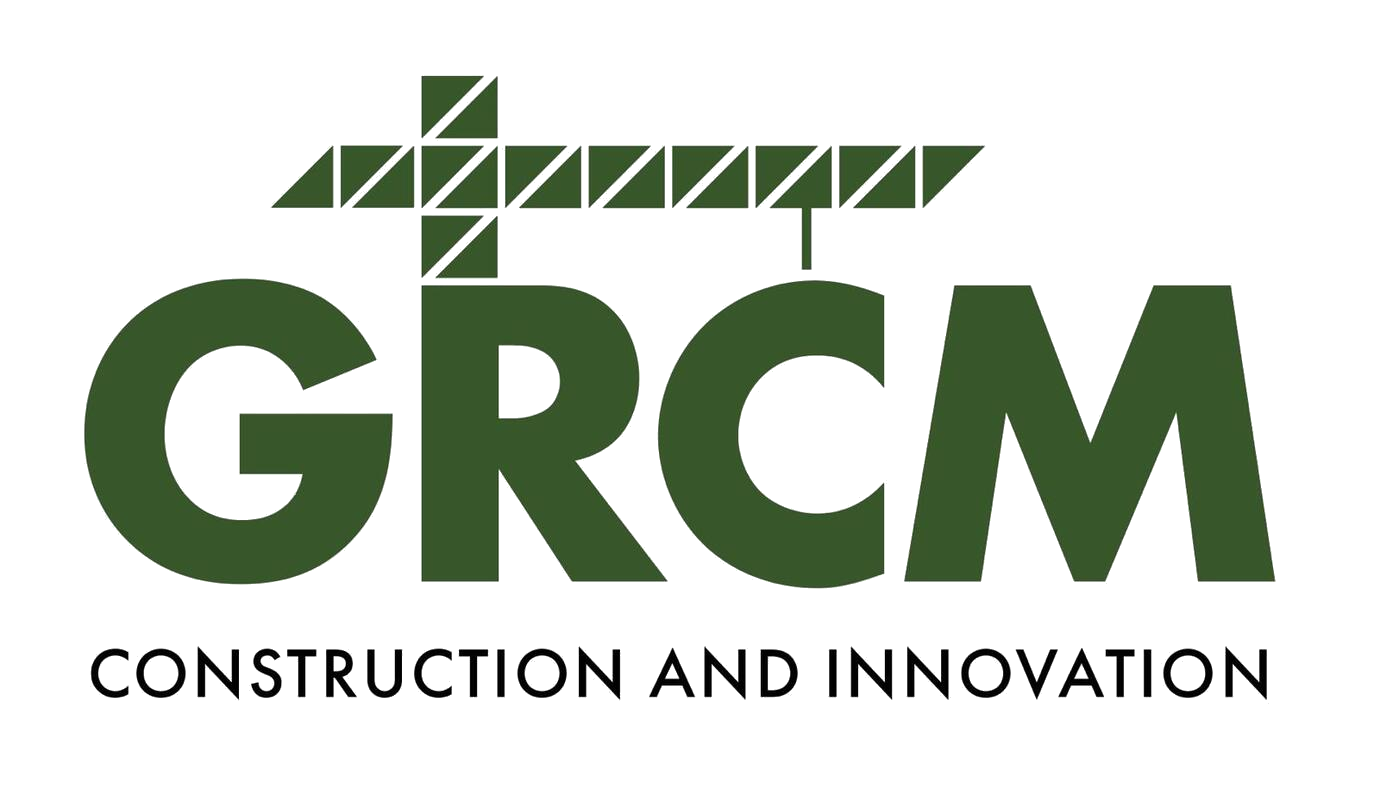Boosting Your Home’s Value Through Smart Renovations in Canada
Home renovations are more than just a way to refresh your living space—they’re a strategic investment that can significantly increase your property’s value. In Canada’s dynamic real estate market, where housing affordability and demand drive competition, smart renovations can set your home apart, whether you’re planning to sell or simply want to enhance your equity. From modernizing kitchens to adding energy-efficient upgrades, the right projects can yield impressive returns. This post explores how to add value to your home through renovations, with practical tips tailored to Canadian homeowners, considering material costs, regional trends, and market preferences.
Why Renovate to Add Value?
The Canadian housing market remains robust, with 299,589 housing starts reported in September 2024 and residential building permits up 3% last year, according to Statistics Canada. However, buyers are increasingly discerning, prioritizing homes that blend functionality, aesthetics, and sustainability. Renovations that align with these priorities can boost your home’s appeal and market value. For example, a well-executed kitchen remodel can yield a 75–100% return on investment (ROI), while energy-efficient upgrades like insulation or windows can attract eco-conscious buyers and lower utility costs.
Renovations also address the challenges of rising construction costs. As noted in industry trends, materials like lumber ($500–$600 per thousand board feet in 2024), concrete (up 8% due to cement costs), and steel ($1,200–$1,500 per metric ton) are volatile. By planning renovations strategically, homeowners can mitigate these costs and maximize value. Regional factors, especially in high-cost cities like Toronto, where construction expenses per square foot can hit $400, further underscore the need for targeted projects.
Top Renovations to Boost Home Value
Here are five renovation projects that consistently add value to Canadian homes, based on market trends and buyer preferences.
Kitchen Remodel: The Heart of the Home
A modern, functional kitchen is a top priority for buyers. Updating cabinets, countertops, and appliances can transform the space and command a premium. In 2024, mid-range kitchen remodels costing $20,000–$40,000 recoup 80–90% of their cost at resale, according to real estate experts. Opt for timeless finishes like quartz countertops and stainless-steel appliances, which appeal to a broad audience.
Tips for Success:
– Focus on layout improvements, like adding an island for extra counter space.
– Source cost-effective materials, such as engineered wood for cabinets, to manage lumber price fluctuations.
– In Toronto or Vancouver, prioritize high-end finishes to match local buyer expectations.
Bathroom Upgrades: Small Changes, Big Impact
Bathroom renovations, even minor ones, deliver strong ROI—often 60–80% for a $10,000–$20,000 project. Updating fixtures, adding a double vanity, or installing a walk-in shower can elevate comfort and appeal. In 2024, spa-inspired features like heated floors or frameless glass showers are particularly popular.
Tips for Success:
– Use durable, low-maintenance materials like porcelain tiles to reduce long-term costs.
– Consider accessibility features, such as grab bars, to appeal to aging-in-place buyers.
– In smaller markets like Halifax, focus on cost-efficient updates to avoid over-improving.
Energy-Efficient Upgrades: Green and Profitable
With Canada’s Green Building Strategy pushing for low-carbon homes (buildings account for 40% of emissions), energy-efficient renovations are a win-win. Upgrading insulation, windows, or HVAC systems can cut utility bills and attract eco-conscious buyers. For example, new windows costing $15,000 can yield a 70% ROI and save $500 annually on energy costs.
Tips for Success:
– Look for government rebates, like those under the Canada Greener Homes Grant, to offset costs.
– Prioritize high-impact upgrades, such as spray foam insulation or Energy Star-rated windows.
– Highlight energy savings in your home’s listing to appeal to buyers in eco-focused cities like Vancouver.
Adding Usable Space: Basements and Additions
Converting a basement into a legal rental unit or adding a bedroom can significantly boost value, especially in high-demand areas. In Toronto, a finished basement with a separate entrance can add $50,000–$100,000 to a home’s price, with ROI often exceeding 70%. Small additions, like a sunroom, also enhance livability.
Tips for Success:
– Ensure compliance with local zoning and building codes, especially for rental units.
– Use modular construction techniques to control costs amid rising material prices.
– In Alberta, where land is more affordable, consider larger additions to maximize space.
Curb Appeal: First Impressions Matter
Exterior upgrades, such as new siding, landscaping, or a front door, create a strong first impression. A $5,000 investment in curb appeal can yield a 90% ROI by attracting more buyers. In 2024, low-maintenance landscaping and durable siding materials like fiber cement are trending.
Tips for Success:
– Choose native plants to reduce water and maintenance costs.
– Opt for steel or fiberglass doors, which offer durability and energy efficiency.
– In Atlantic Canada, prioritize weather-resistant materials to withstand harsh winters.
Navigating Costs and Regional Variations
Renovation costs vary widely across Canada, driven by material prices and labor shortages (81,000 unfilled construction jobs in 2024). In Toronto, high land prices and regulatory hurdles push costs higher, while smaller cities like Winnipeg benefit from lower labor and material expenses. To manage costs:
- Shop Smart: Compare quotes from multiple suppliers to counter price volatility in concrete, steel, and lumber. Online platforms can help source deals.
- Time Projects Wisely: Start renovations in off-peak seasons (e.g., winter) to secure better contractor rates.
- Hire Local: Local contractors in smaller markets can offer competitive pricing compared to urban firms.
Avoiding Common Pitfalls
Not all renovations guarantee value. Over-improving—spending beyond what your local market supports—can lead to losses. For example, a $100,000 kitchen in a modest neighborhood may only recoup 50% of its cost. Other pitfalls include:
- Ignoring Permits: Unpermitted work can lower value and complicate sales. Always check local regulations.
- Chasing Trends: Avoid overly personalized designs that may not appeal to buyers.
- Cutting Corners: Cheap materials can reduce durability and turn off savvy buyers.
Maximizing Your Investment
To ensure your renovations pay off, align projects with your home’s value and neighborhood standards. Research comparable sales (comps) to gauge what buyers in your area expect. In Toronto, where luxury finishes are common, a high-end kitchen may be justified, while in Calgary, practical upgrades like basements appeal more. Working with a real estate agent or appraiser can help prioritize projects.
Additionally, leverage technology to streamline planning. Apps like Houzz or Buildertrend can help visualize designs and track budgets, reducing the risk of cost overruns. If selling, stage your home to showcase renovations, emphasizing features like energy savings or extra living space.
Looking Ahead
Home renovations are a powerful tool for adding value in Canada’s competitive housing market. By focusing on high-ROI projects like kitchens, bathrooms, and energy-efficient upgrades, homeowners can enhance both livability and resale potential. Despite challenges like material cost fluctuations and regional price variations, careful planning and market awareness can deliver impressive returns. Whether you’re in Toronto’s bustling market or a smaller city like Halifax, smart renovations can turn your home into a standout investment.
GRCM is a trusted leader in construction, delivering innovative solutions for every project. With over 10 years of expertise, we specialize in general construction, commercial fit-outs, and consultancy.
Contact
- (647) 572-3913
- info@grcmcorp.com
2025 GRCM Corp. Website design by MJSoft




